Dates, the sweet and nutrient-rich fruits of the date palm (Phoenix dactylifera), have been cultivated for thousands of years, particularly in arid regions where their resilience to harsh climates makes them a vital crop. The global production of dates is concentrated in a few countries, with Egypt leading the pack. This article delves into the top date-producing nations, examining their production volumes, cultivation practices, and economic significance.
Egypt: The Global Leader in Date Production
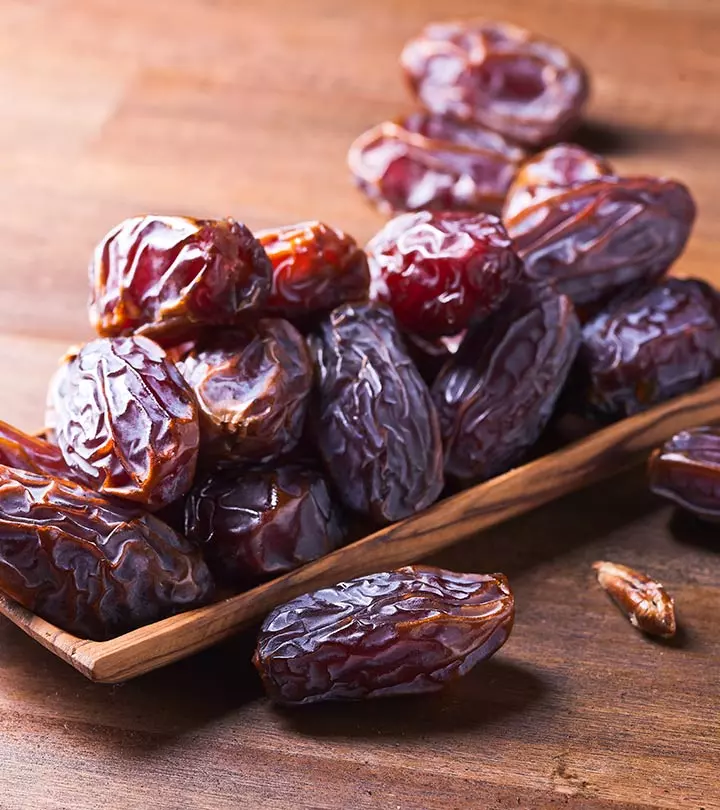
Egypt stands as the world’s largest producer of dates. In 2023, Egypt produced approximately 1.87 million metric tons of dates, accounting for nearly 18% of global production . The country’s date cultivation is predominantly concentrated along the Nile Valley and Delta, where the fertile soil and irrigation from the river create ideal conditions for date palms.
The primary varieties grown in Egypt include Zaghloul, Barhi, and Khalas. These dates are not only consumed domestically but are also exported to various countries, including those in the Middle East and Europe. The Egyptian government has implemented several initiatives to boost date production, such as providing subsidies for date palm cultivation and promoting research into disease-resistant varieties.
Saudi Arabia: A Close Contender
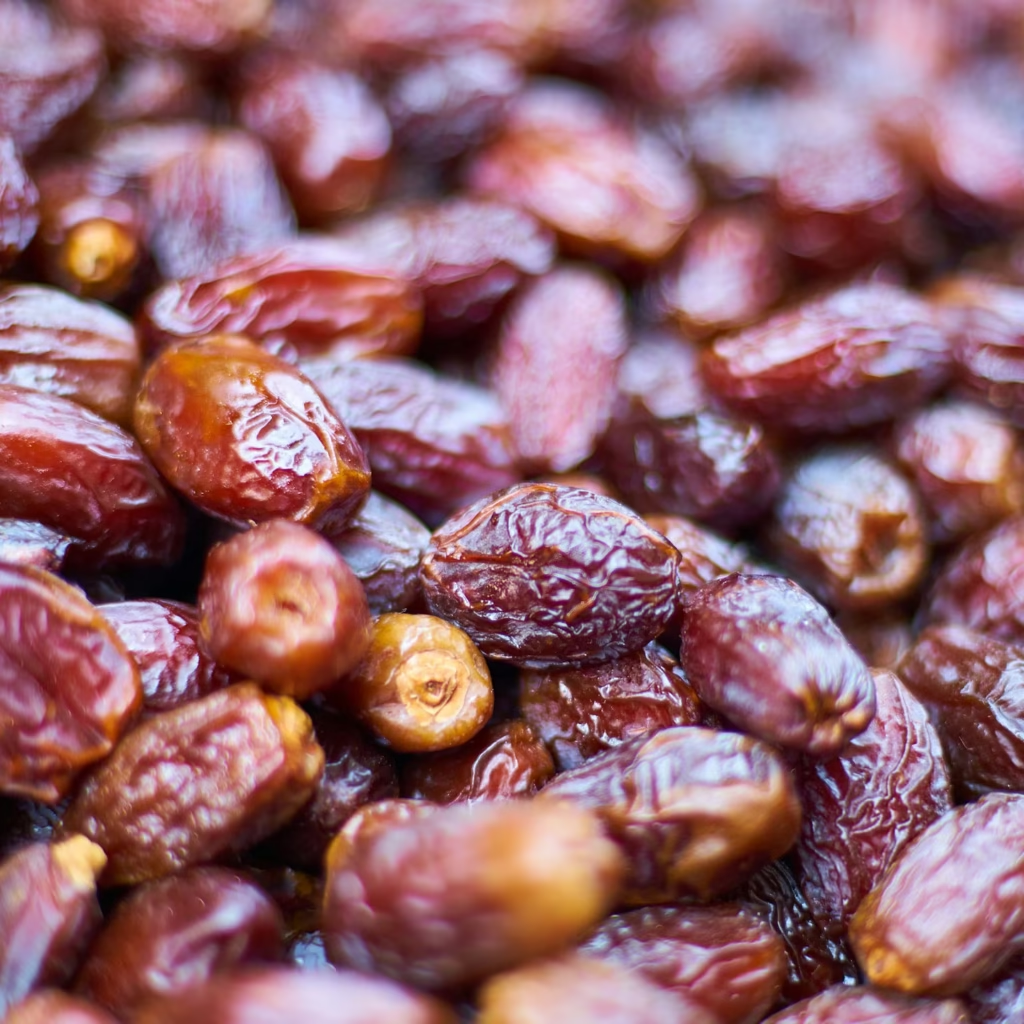
Saudi Arabia follows closely behind Egypt in date production. In 2023, the country produced approximately 1.61 million metric tons of dates . The Al-Qassim region, particularly the city of Buraydah, is renowned for its date cultivation. The annual Al-Qassim Date Festival in Buraydah is one of the largest date festivals globally, showcasing the region’s rich date heritage and attracting visitors from around the world .
Saudi Arabia’s date industry is diverse, with over 300 varieties cultivated, including Khalas, Sukkari, and Ajwa. The country’s dates are prized for their quality and are exported to numerous countries. The government’s support for the date industry includes financial incentives for farmers and investments in modern irrigation techniques to enhance productivity.
Algeria: A Significant Producer
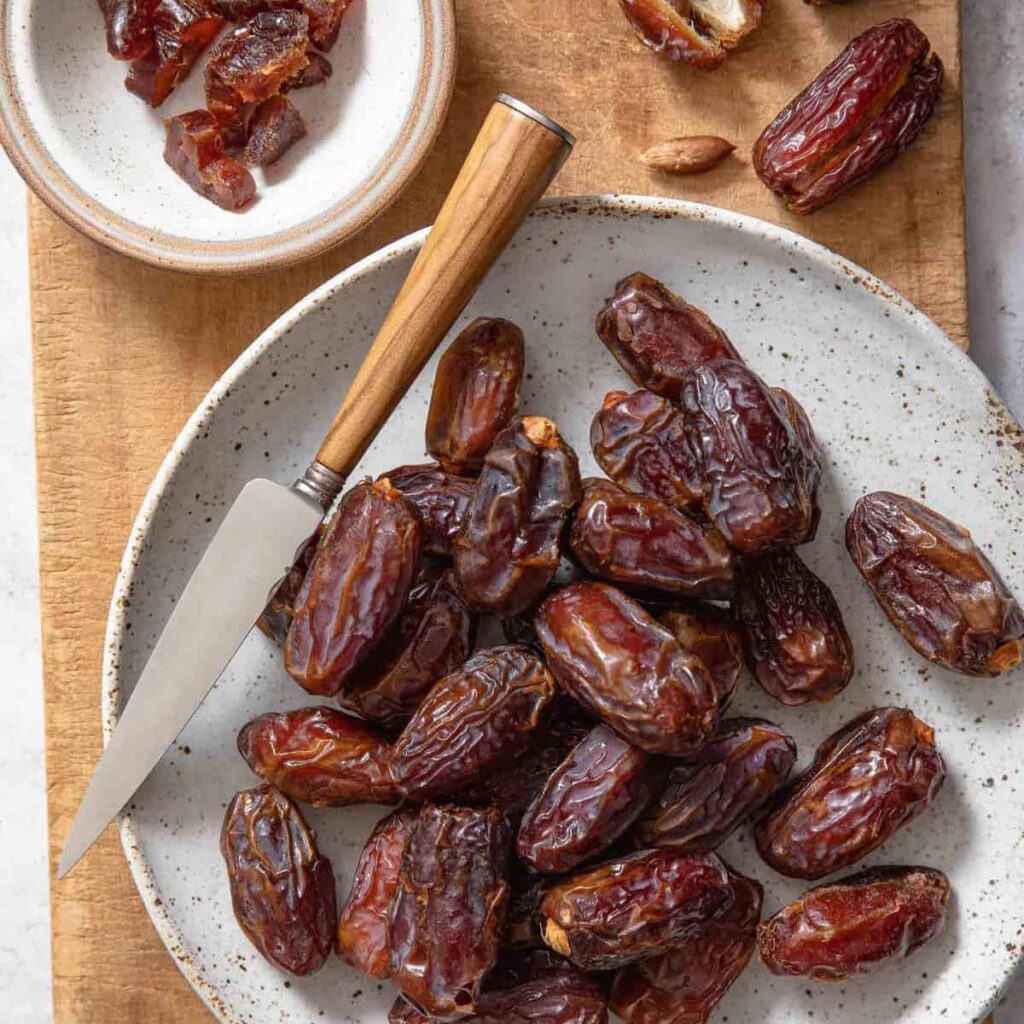
Algeria ranks third in global date production. In 2023, the country produced approximately 1.25 million metric tons of dates . The majority of Algeria’s date cultivation occurs in the southern regions, particularly in the provinces of Biskra, Ouargla, and El Oued. The Deglet Noor variety, known for its translucent flesh and delicate flavor, is Algeria’s most famous export.
Algeria’s date industry is integral to its economy, providing employment in rural areas and contributing to agricultural exports. The government has invested in infrastructure improvements and research to enhance date production and quality.
Iran: A Major Player in Date Cultivation
Iran is another significant producer of dates. In 2023, the country produced approximately 1.03 million metric tons of dates . The southern provinces of Khuzestan, Fars, and Kerman are the primary date-growing regions. Iran’s date industry is diverse, with over 400 varieties cultivated, including Mazafati, Zahedi, and Piarom.
Despite facing challenges such as economic sanctions and water scarcity, Iran’s date industry remains robust. The government has implemented policies to support date farmers, including subsidies for irrigation systems and research into drought-resistant varieties.
Pakistan: A Growing Producer
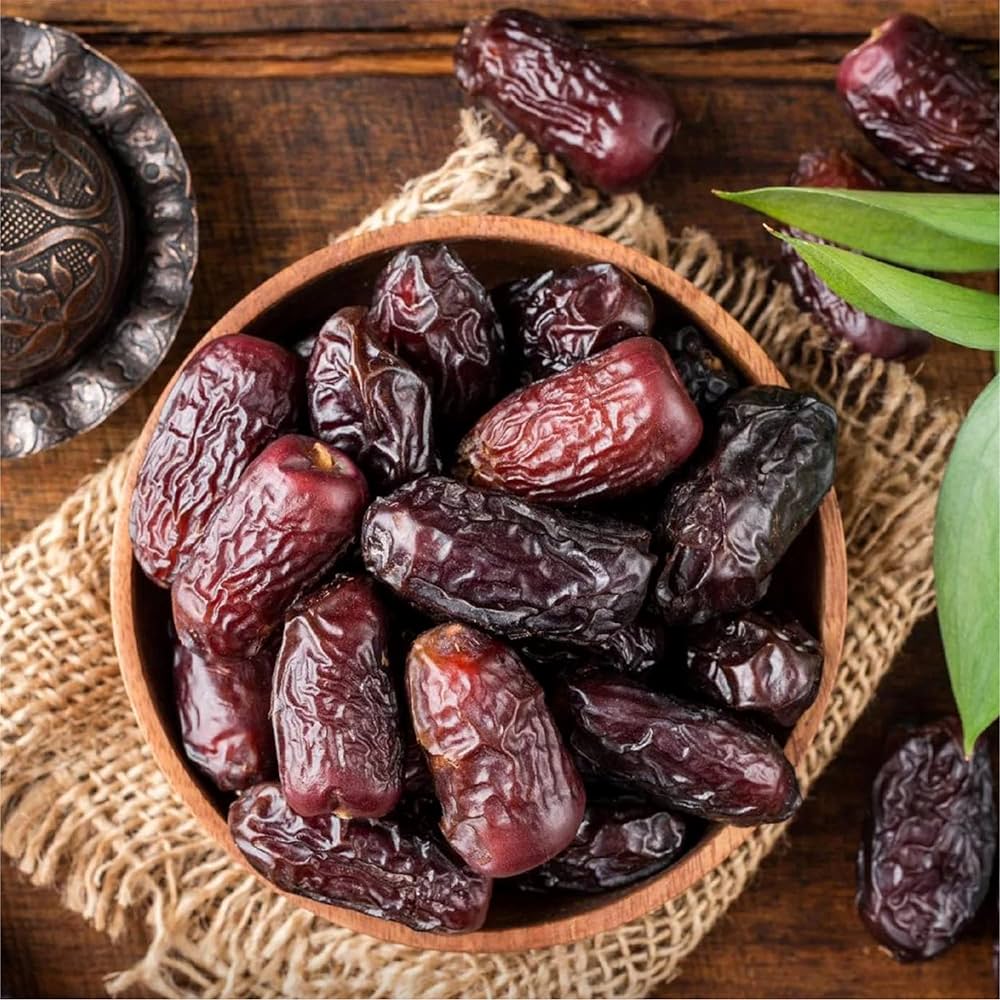
Pakistan ranks fifth in global date production. In 2023, the country produced approximately 458,000 metric tons of dates . The provinces of Sindh and Balochistan are the primary date-producing regions. Pakistan’s date industry is centered around varieties such as Aseel, Dhakki, and Begum Jangi.
Pakistan’s date industry faces challenges related to outdated farming practices and limited access to modern technology. However, initiatives such as the establishment of date processing plants and export promotion efforts are helping to enhance the sector’s competitiveness in international markets .
Other Notable Date Producers
Several other countries contribute to global date production:
- Iraq: Produces approximately 715,000 metric tons of dates, with cultivation concentrated in regions like Basra and Diyala .
- United Arab Emirates (UAE): Known for its high-quality Medjool dates, the UAE produces around 400,000 metric tons annually .
- Tunisia: Produces approximately 100,000 metric tons of dates, with the Deglet Nour variety being the most prominent .
- Egypt: Despite being the largest producer, Egypt exports only about 5% of its date production, indicating a strong domestic consumption .
Global Trends and Challenges
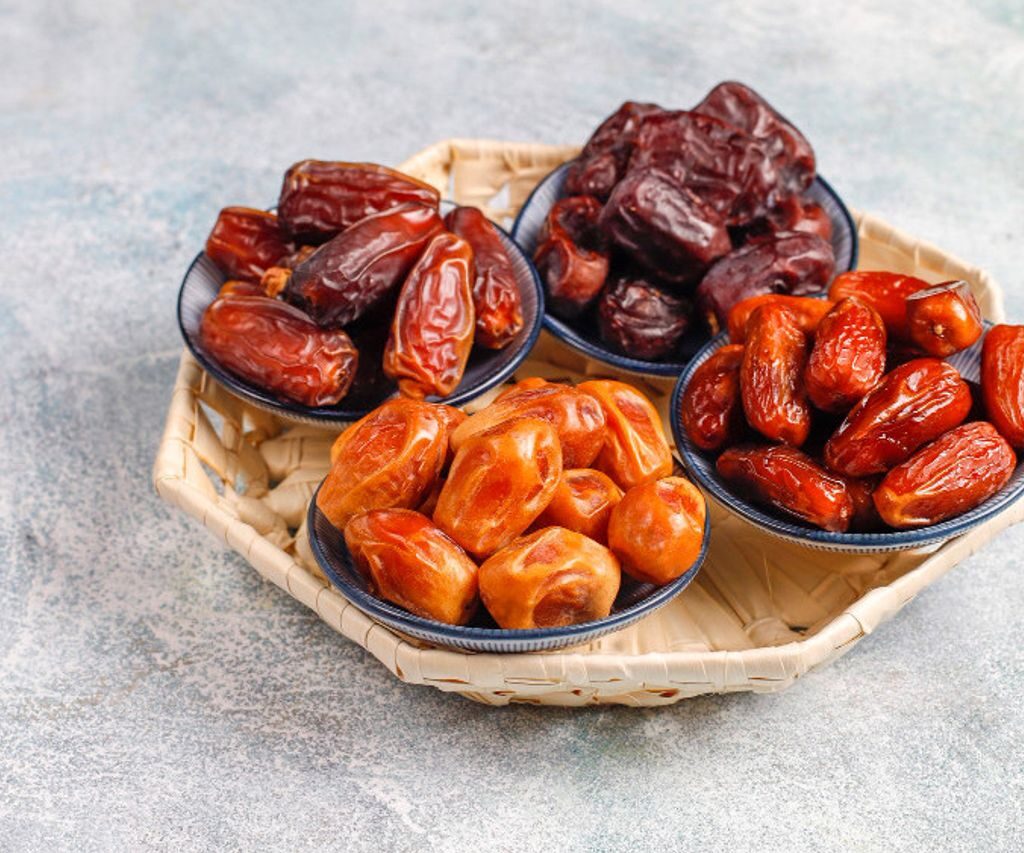
The global date industry faces several trends and challenges:
- Climate Change: Rising temperatures and water scarcity are impacting date cultivation, particularly in regions dependent on irrigation.
- Market Demand: There is a growing demand for dates in international markets, driven by their health benefits and use in various culinary applications.
- Sustainability: Efforts are underway to promote sustainable farming practices, including the use of organic fertilizers and efficient water management systems.
- Export Opportunities: Countries like Saudi Arabia and Iran are focusing on expanding their date exports through improved processing and marketing strategies.
Conclusion
Egypt remains the world’s largest producer of dates, followed closely by Saudi Arabia, Algeria, and Iran. These countries have developed robust date industries that contribute significantly to their economies. As global demand for dates continues to rise, these nations are investing in sustainable practices and technological advancements to ensure the continued growth and competitiveness of their date sectors.
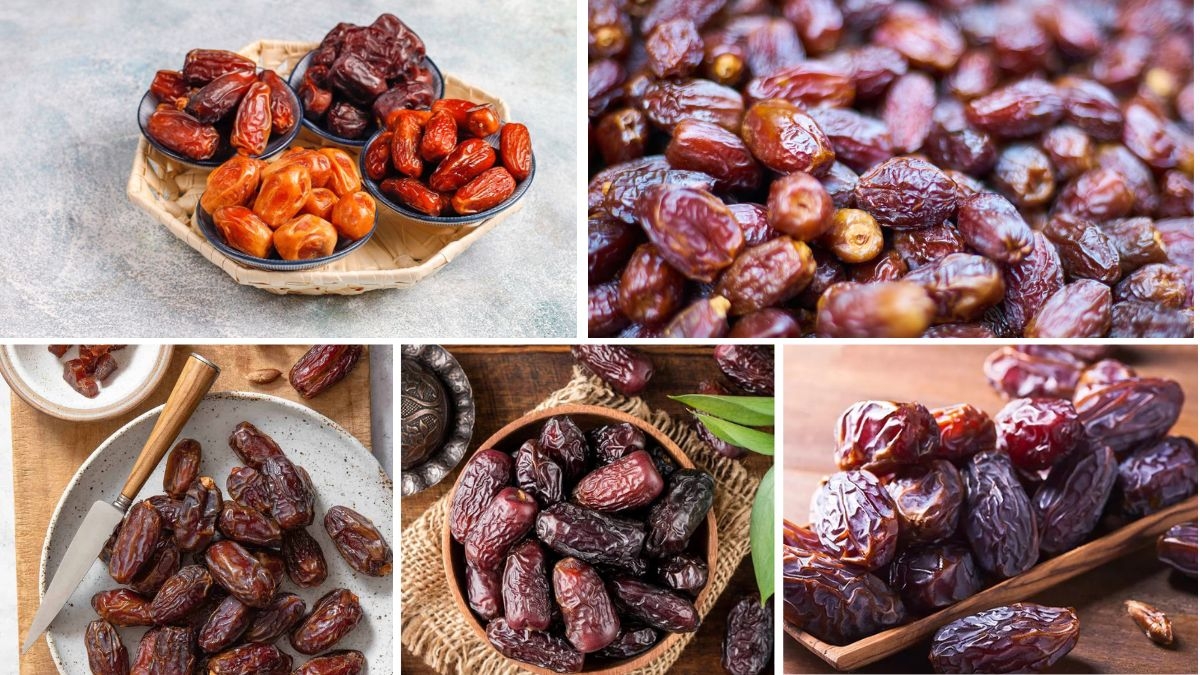





Leave A Comment